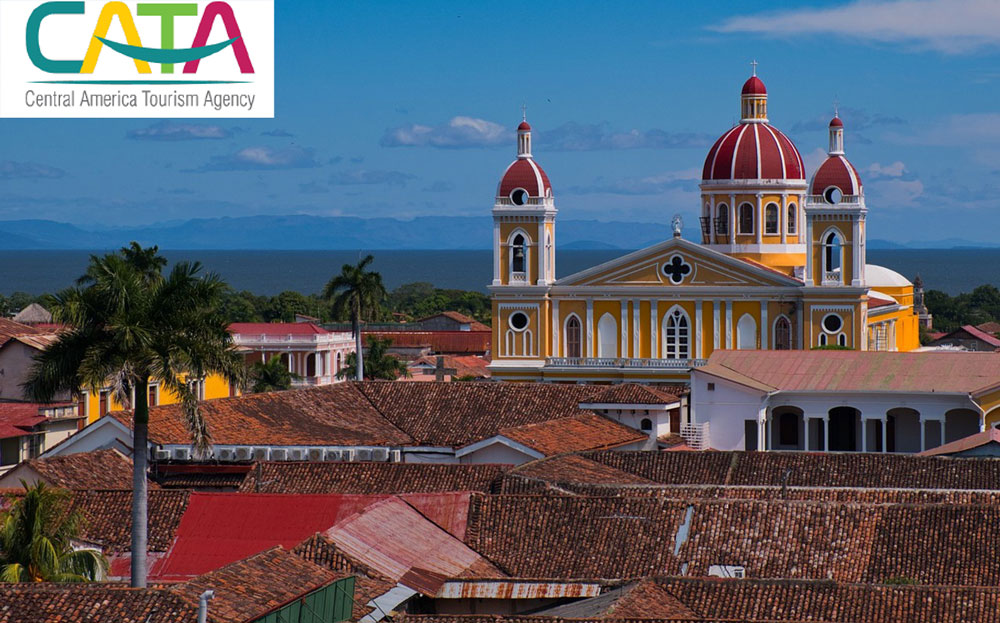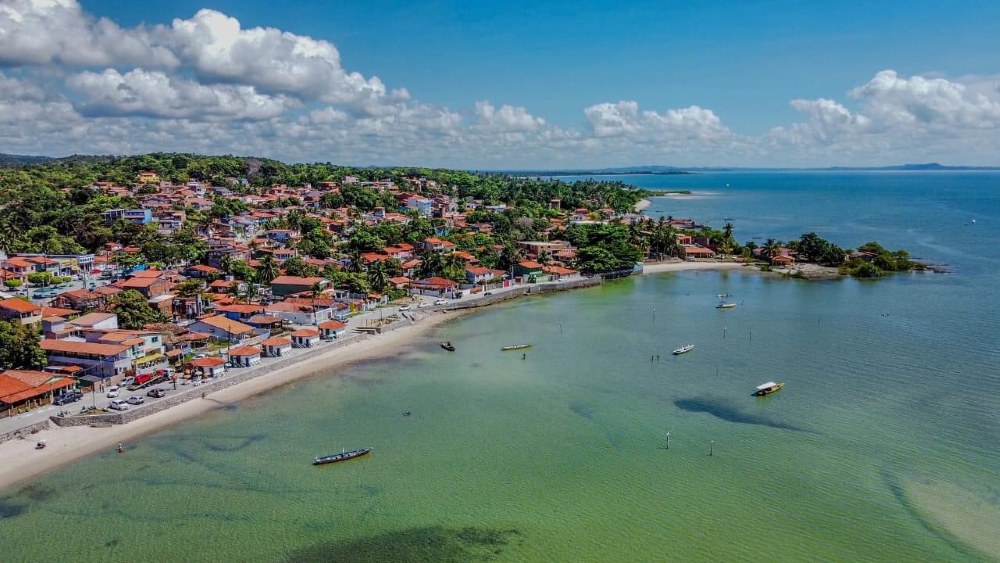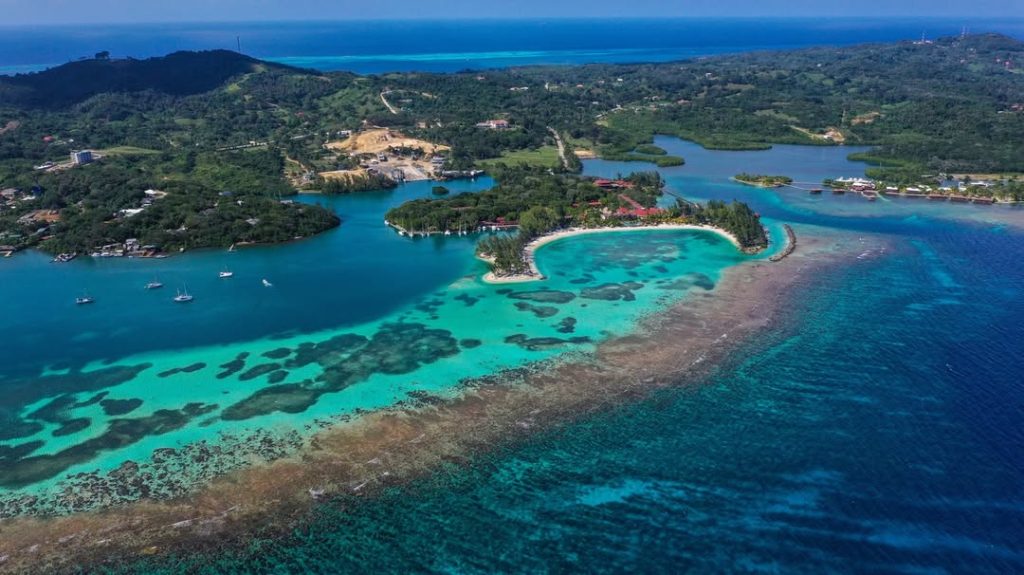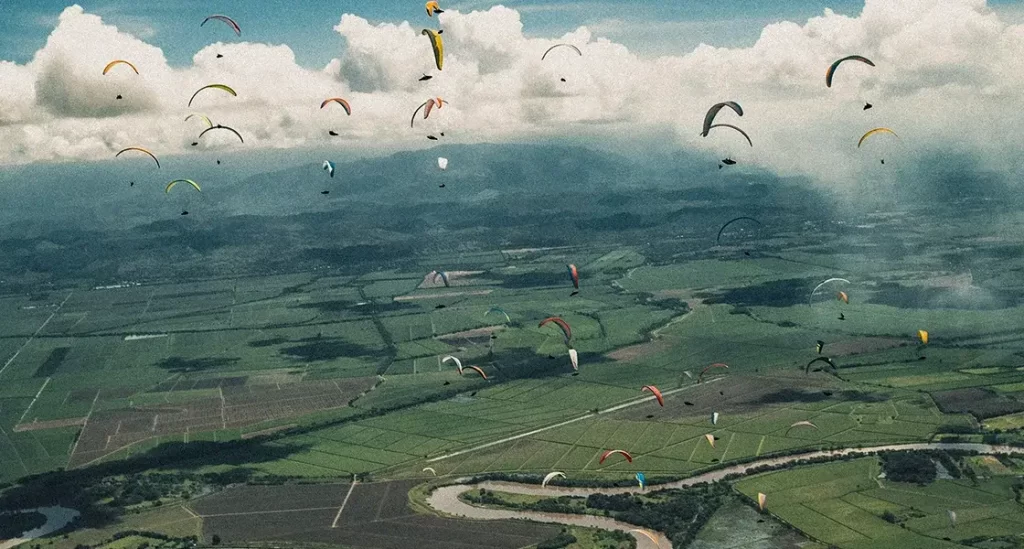Carolina Briones, Secretary General of the Central American Tourism Promotion Agency (CATA)
Visit Latin America: What is the current tourism situation in Central America?
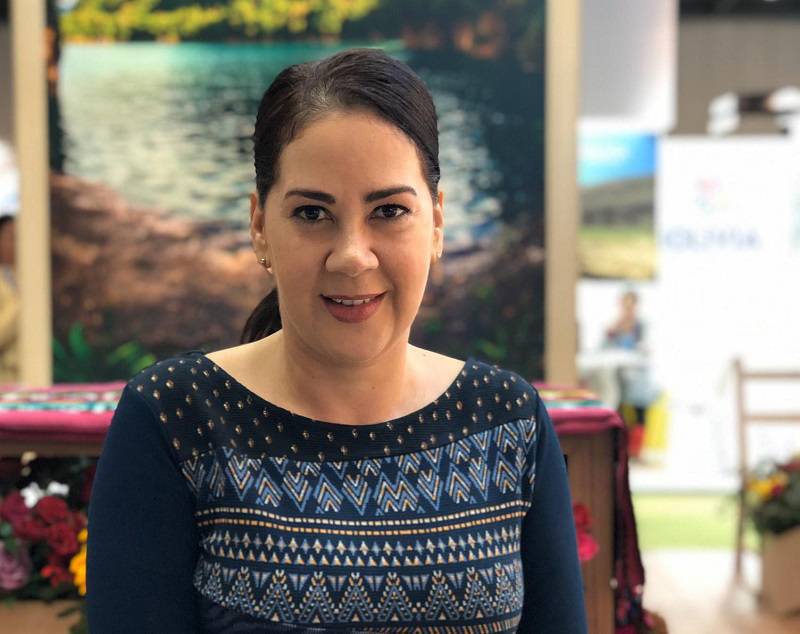
As you know the closure of borders and the paralysis of economic and social activities, as a measure to prevent the impact of COVID19, has resulted in the downfall of the tourism sector. According to data from the World Tourism Organization (UNWTO), international tourist arrivals between January and June 2020 decreased by 55% in the Americas, including of course the countries of Central America and the Dominican Republic.
However, as of September, more than 60% of international destinations started lifting their travel restrictions in anticipation of a gradual return to growth by the end of the year.
Currently, all the countries of Central America and the Dominican Republic have launched the reopening processes that are subject to permanent assessments to determine their progress, which involves collaborative work between air, land and sea transport, as well as other areas that feed the tourism industry.
In view of this, it is estimated that the reactivation of tourism will be gradual, starting with domestic tourism in each of the countries as the first stimulus of the value chain that constitutes the sector, taking into account that travel trends predict that more than 50% of travelers will take local trips by the end of 2020.
In the region, this represents an opportunity because the tourist destinations are characterized by their proximity to each other. Ultimately, this will also stimulate inter-regional tourism, which should be the second to be reactivated after local tourism. Finally, international tourism should experience a significant recovery in the second half of 2021.
Regarding entry to countries in the region, currently most countries request a negative PCR test for COVID less than 72 hours before boarding a plane. The exceptions are Costa Rica and the Dominican Republic, having removed this requirement and implemented rapid testing at their airports for travelers entering the country. You can find detailed information here (in Spanish).
In terms of air links, about fifteen international airlines go to Central America and the Dominican Republic by offering direct or connecting flights, guaranteeing the region’s connectivity with the world. In December, it is estimated that other airlines will resume operations in the region. You can find more information here (in Spanish).
VLA: Will there be a homogenization of health measures between all the countries of Central America?
As far as sanitary measures are concerned, each country has established its own measures, but we can underline a certain degree of uniformity on their part. That is, to date all have biosecurity protocols that are applied to all sectors of the tourism industry.
Likewise, most countries have made efforts to establish their own quality or biosecurity labels for all providers of tourism goods and services to ensure quality experiences for travelers.
Recently, we have seen how most of the countries in the region have joined the list of global destinations that receive the Travel Safety Certificate granted by the World Travel & Tourism Council (WTTC), after having followed all hygiene protocols and health, as a measure to protect the health of travelers.
At the regional level, work is also underway to achieve some degree of standardization. Within the Central American Tourism Council, which brings together the highest tourist authorities of the countries of the region, the Secretariat for the Integration of Central American Tourism (SITCA) has been tasked with working towards greater standardization of the processes for welcoming tourists. . This is an incremental effort that we should hear from in the coming months.
VLA: Can a tourist cross all borders during his trip?
One of the potentialities of Central America is its privileged geographical location, being a natural bridge that connects the two American subcontinents and the Pacific Ocean to the Caribbean Sea. The countries of the region have a tourist offer which complements each other perfectly to guarantee incomparable experiences in a cultural and natural mosaic.
Proof of this is that the region occupies 1% of the planet’s surface, but is home to 12% of the world’s biodiversity. Another example of cultural bombast is that the region takes part in the world stage with 20 monuments declared World Heritage by UNESCO.
All these tourist attractions are perfectly linked and can be visited through tours of two or more countries in the region in a single trip.
In the context of the pandemic, restrictions on mobility kept movement at a standstill, but between August and September, countries began processes to reopen their borders to ensure the mobility of people and workers. goods. Currently, during their stay in the region, travelers can cross land and air borders subject to customs, migration and health procedures established by each country.
VLA: You organized a virtual roadshow across Europe that ended at the end of October, how did it go?
Indeed, as part of the continued work of creating digital spaces that strengthen the marketing of countries in the region, CATA organized the Virtual Roadshow of Central America in Europe 2020 in view of the catalogs proposed for 2021.
The Roadshow functioned as a 100% virtual projection platform designed to present tourism offers from Belize, Guatemala, Honduras and Nicaragua. It has thus contributed to the marketing and promotion of multi-destination trips to companies in the region and to tour operators in the international markets with which CATA maintains relations.
The tour was conducted virtually, starting in Madrid, followed by France, Italy and Germany, ending successfully in the UK and the Netherlands. The event saw the participation of more than 189 tour operators, 57 media specializing in tourism and around 100 tour operators from 68 companies in the region. This is a major achievement for the promotion of multi-destination travel in Central America, for the 2021-2022 season.
On this occasion, the participation focused on the tourism product of Belize, Guatemala, Honduras and Nicaragua which will be produced as part of the project “Strengthening the integration and promotion of tourism in Central America”, thanks to the support of the Republic of China (Taiwan).
However, since April 2020, CATA has made further efforts to strengthen the tourism industry in all Central American countries and the Dominican Republic by organizing three series of webinars attended by over 3,000 people from all over the world. sectors that make up the value chain that feeds the regional tourism ecosystem.
In these spaces, exhibitors from the main companies in the world of tourism such as Google, TripAdvisor, Expedia, Euromonitor, Sojern, Roundcube, Moreturismo Internacional, Promotourist, presented guides for action since the start of the pandemic as well as the preparation for industry to reopen activities.
VLA: What message would you like to send to tourism professionals?
In this new stage, we must not lose sight of the fact that tourism has a human face and that its contribution to creating opportunities to improve the quality of life of people is tangible. In Central America and the Dominican Republic, more than 90% of tourism service providers are SMEs, 51% are managed or belong to women and more than 60% of work teams are made up of women. Therefore, we are definitely part of an industry that is truly a tool for economic development and social transformation.
In this sense, CATA will continue to work and progress in the implementation of a strategy and action plan that will allow us to focus on the execution of the phases of mitigation, recovery and reconstruction of the tourism in Central America and the Dominican Republic for the next three years, with a horizon of 2023.
The new normal for tourism has forced businesses and institutions to explore new ways to promote their tourism products in order to lessen the impacts of the pandemic. This is why CATA’s strategic lines of action to promote the regional tourism sector include strengthening micro and small tourism enterprises by providing technical assistance and capacity building for learning, content generation, promotion of innovation and the exchange of best practices.
Our message to us CATA members, as a tourism integration link between Central America and the Dominican Republic that brings together the public and private sectors of the industry, is that we will continue to work to function as a guide and a action reference to overcome the challenges of regional tourism.
We are at the dawn of a year full of opportunities that will require collaborative work, with particular emphasis on safety, sustainability, innovation and higher levels of integration to ensure the integration of the industry in the new global dynamics.

